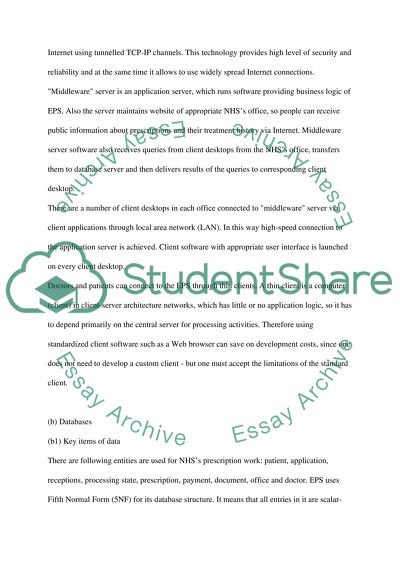Cite this document
(Managing Operation And Information Report Example | Topics and Well Written Essays - 1750 words, n.d.)
Managing Operation And Information Report Example | Topics and Well Written Essays - 1750 words. https://studentshare.org/information-technology/1535158-mba-for-managing-operration-and-information
Managing Operation And Information Report Example | Topics and Well Written Essays - 1750 words. https://studentshare.org/information-technology/1535158-mba-for-managing-operration-and-information
(Managing Operation And Information Report Example | Topics and Well Written Essays - 1750 Words)
Managing Operation And Information Report Example | Topics and Well Written Essays - 1750 Words. https://studentshare.org/information-technology/1535158-mba-for-managing-operration-and-information.
Managing Operation And Information Report Example | Topics and Well Written Essays - 1750 Words. https://studentshare.org/information-technology/1535158-mba-for-managing-operration-and-information.
“Managing Operation And Information Report Example | Topics and Well Written Essays - 1750 Words”. https://studentshare.org/information-technology/1535158-mba-for-managing-operration-and-information.


